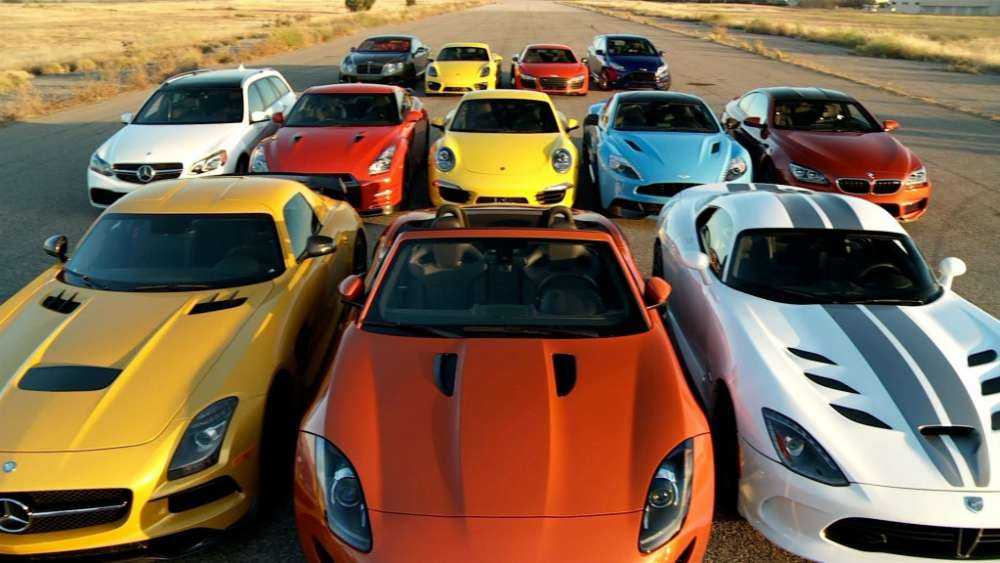BY JELANI DANIEL
It seems that Millennials (aged 18-34) are becoming the focus of car companies but for reasons regarding shifting wants and needs, not sales alone, but how responsive have they been to the efforts of the automobile industry?
DELAYED GRATIFICATION:
The typical millennial is either entering school, graduating, or working full time. With numerous outlets available for research including social media and online papers, it gives them leverage to scope out better deals before entering a dealership; they are fully informed. Such research allows future buyers to leverage stronger insight before purchasing as well as harnessing the ability to compare prices with other dealerships to maximize the value of their expense.
With the influx of millennials living with empty nesters, there are both pros and cons for the population including the ability to save for a luxury vehicle. Although a vehicle is of high importance, housing is a competitive force that also allows buyers to gain a return on their initial investment, whereas vehicles depreciate with time. With both expenses at the top of the list and threatening one another, frugality and luxury are in direct conflict with one another.
Overall, millennials face heavy expenses but have the ability to save for longer periods and research more in depth, giving them more purchasing power to decide on which vehicle to buy. This in turn threatens the bottom line for dealerships that rely on regular purchases instead of drawn-out and incentive ridden and price-matched purchases.
BATTLE OF THE BRANDS:
Luxury and economy vehicles are more accessible to the general population, especially with low lease rates and perks for buyers. Car manufacturers including Mercedes and BMW are making cars and hybrid models more affordable, giving millennials an opportunity to shine.
Although shiny and praised luxury vehicles are coveted, many millennials are opting for used cars since they are trusted and reliable, come at a lower cost, may not be as elegant but are safe and depreciate like any other car model.
Overall, digital and traditional branding are the life line of persuasion for young drivers. Branding can showcase the value of a luxury brand car (status, prestige, sense of accomplishment, etc.) or the benefit of an economy car (better fuel economy, more money to store in savings, a tried-tested-true name, etc.).
Although both luxury and economy are obtainable, marketing and the art of branding may be the final influencer for a millennial buyer.
THE PERKS OF PATIENCE:
Waiting to buy a car, finding the best deal, or sorting out which vehicle will give you the largest return on your investment is the wisest choice. Since there are so many tools for research available, it is a luxury in and of itself for millennials to fully invest in finding the best investment with clearer knowledge and reliable sources.

